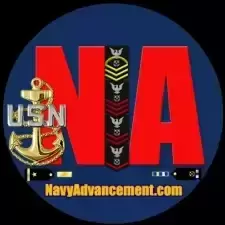FISCAL YEAR (FY) 22 GENERAL MILITARY TRAINING GUIDANCE FOR THE NAVY RESERVE
-
👉 Latest News
-
FISCAL YEAR 2027 ACTIVE-DUTY ADVANCEMENT AND SCREEN BOARDS FOR COMMAND MASTER CHIEF, MASTER CHIEF AND SENIOR CHIEF PETTY OFFICER
By Tony, in Chief Selection Board Forum | Results, Preparation, Records
- 0 replies
- 432 views
-
FISCAL YEAR 2027 RESERVE COMPONENT ENLISTED ADVANCEMENT SELECTION BOARDS FOR COMMAND MASTER CHIEF, MASTER CHIEF AND SENIOR CHIEF PETTY OFFICER
By Tony, in Chief Selection Board Forum | Results, Preparation, Records
- 0 replies
- 305 views
-
- 0 replies
- 1,926 views
-
Service members are set to receive a 4.2% boost in housing allowance in 2026
By Tony, in Enlisted Pay, Benefits & Allowance Forum | Navy
- 0 replies
- 729 views
-
- 0 replies
- 643 views
-

Recommended Posts
Join the conversation
You can post now and register later. If you have an account, sign in now to post with your account.
Note: Your post will require moderator approval before it will be visible.